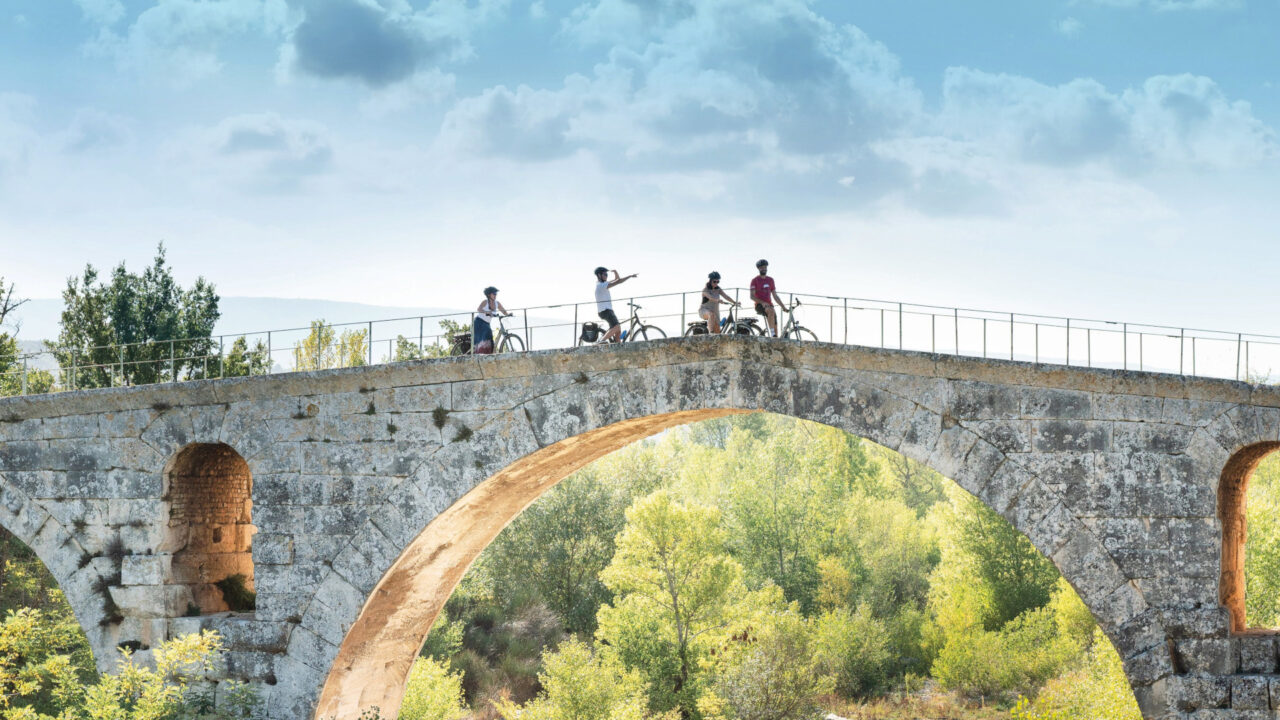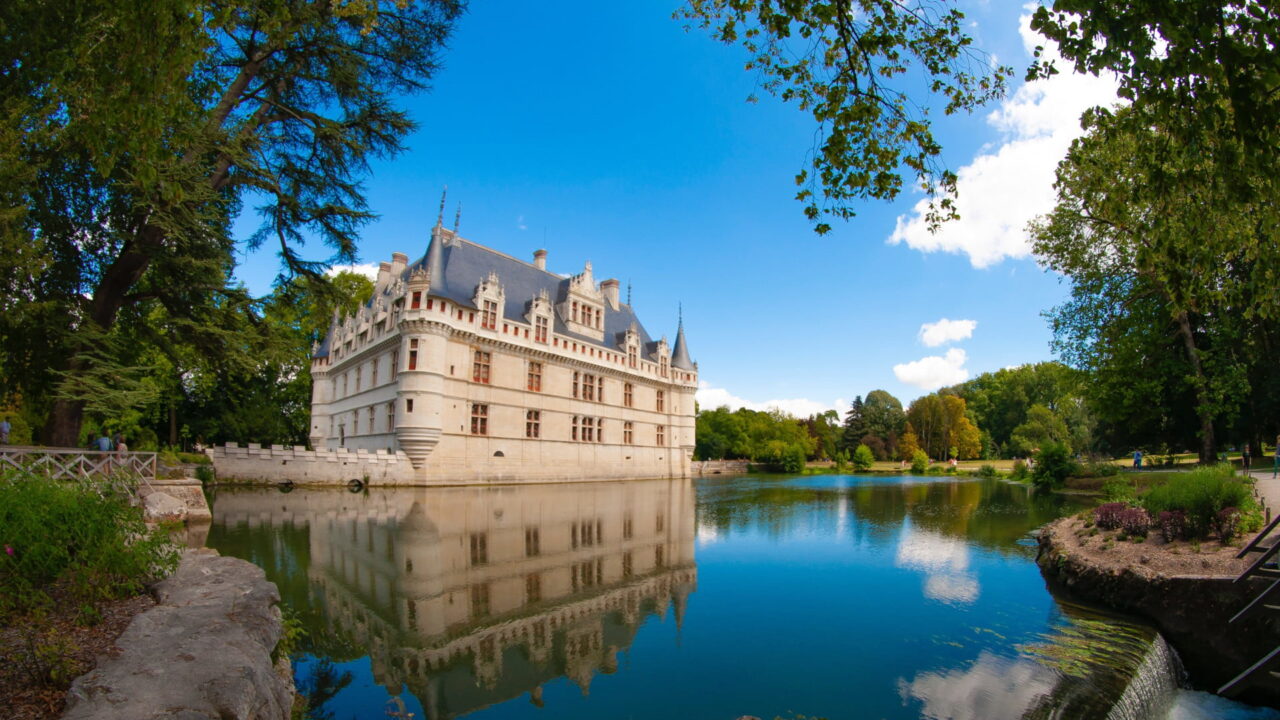Peanut Gris and Petite Sarah: These are the Most Misspelt Wines in the World
Wine is an alcoholic beverage that is enjoyed all over the world. But, despite the plethora of still and sparkling reds, whites and rosés available, we all tend to have classic brands that we opt for time and time again. But what if we asked you to spell one of your go-to choices? Could you do so, perfectly?
Despite many restaurants offering a whole menu dedicated to wine and supermarket aisles having labels literally at eye level, most of us rarely analyse the spelling of our favourite vinos and would be lying if we said we could confidently rhyme off each letter in the correct order. And with the pronunciation of most varieties rarely matching their spelling, it’s no wonder that most of us struggle to piece together the names of our favourite wines.
So, at Cycling for Softies, we were intrigued to see which varieties people slip up on the most and are here to put our wrongs to right. Prepare to take a sip of humble juice and find out where you’ve been tripping up with our list of the 10 Most Commonly Misspelt Wines From Around the World:
1. Riesling
16,990 Average Monthly Searches
A very popular white wine made from grapes of the Rhine region of Germany, and Alsace, Riesling offers fruity aromas of orchard produce like nectarine, apricot, apple and pear – as well as a striking aroma that smells similar to petrol. It has high acidity, similar to the levels in lemonade.
Riesling came up top as the most commonly misspelt wine with an average of 16,990 incorrect searches every month. Most slip up on the order of the middle letters, resulting in incorrect variations such as ‘Reisling’. Another common mistake is missing out the first ‘i’ and instead adding another syllable into the mix by placing it before the ‘l’: ’Resiling’. And finally, the third most frequent faux-pas is caused by missing out the second ‘i’ and forming the somewhat posher name, ‘Resling’.
2. Vinho Verde
12,090 Average Monthly Searches
In second place is a Portuguese wine from the historic northern province of Minho, Vinho Verde. Despite being categorised as a white wine, its name translates to ‘green wine’ in English. There are several origin stories behind its name, including the idea that it is harvested early and should be drunk young and many people in the region suggest that the name comes from the verdant natural setting. It is full of green-apple crispness and lemony zing, and a little CO2 to give that characteristic spritz of fizz.
Analysing its 12,090 monthly misspelt searches, issues with spelling this wine seem to arise from many of us treating it as if it were Spanish or Italian by omitting the ‘h’ and opting for the spelling of ‘Vino Verde’. An honest mistake but sadly no less incorrect! Others add an extra h to make ‘Vihno Verde’, which we suppose does add a certain softness that manages to make it sound even more thirst-quenching.
3. Coteaux du Layon
7,100 Average Monthly Searches
Coteaux du Layon is a sweet wine from the Loire wine region of France that is pale, fresh, fruity and light enough to be enjoyable as an apéritif but also as a fine accompaniment to fruit-based puddings. It also has terrific ageing potential and can be cellared for up to a decade, where it gains both colour and complexity with age.
With an average of 7,100 incorrect monthly searches, we found that Coteaux du Layon was another recurring victim of our spelling mishaps and seems to produce a lot of issues! Understandably, the silent ‘x’ was a common killer with many opting for ‘Coteau du Layon’. Interestingly, the subtle ’n’ did not seem to pose any issues though!
4. Tempranillo
6,650 Average Monthly Searches
Onto the reds now, Tempranillo is one of the best quality red wine grapes in Spain and its name, comes from the Spanish ‘temprano’, meaning “early,” which is fitting as it ripens earlier than other grapes native to Spain. Its dominant flavours include cherry, dried fig, cedar, tobacco, and dill and the wine is incredibly versatile, matching well with red meat and ham, roasted vegetables, smoke, starch, rich pasta, and even Mexican food!
Tempranillo also sees an incredibly versatile range of spellings, attracting an impressive 6,650 erroneous searches from struggling admirers every month. Surprisingly, when it came to the spelling it wasn’t the ‘y’-sounding double ‘l’s that were tripping us up. In fact, the middle section of the word was found to be responsible for all of the most popular mistakes. The majority of people seem to add an extra ‘e’ to the middle of the word to form ‘Temperanillo’.
5. Txakoli
6,600 Average Monthly Searches
Coming in the fifth position is a slightly sparkling white wine from Northern Spain known as Txakoli. With flavours dominated by apple and citrus, the wine is generally light in alcohol, slightly sparkling and dry, being an excellent accompaniment to fish and seafood. Its freshness lends itself to being drunk with regional delicacies such as salted anchovies and white tuna in oil.
Pronounced ‘chacolí’, it is no surprise that the wine sees around 6,600 incorrect searches every month. Many English-speakers have trouble stringing this name together and go for the phonetic English pronunciation of the name, ‘chacoli’. They’ve obviously just written it exactly how it sounds and not realised about the curveball ‘t’ and ‘x’ beginning – but who can blame them?!
6. Pauillac
6,200 Average Monthly Searches
The sixth-most-commonly misspelt wine is a French red from the vines of Bordeaux, Pauillac, which is home to some of the world’s most famous and expensive red wines. The wine itself has notable notes of cassis, blackberry, tobacco, cigar box, and spice. This strong flavour makes it a perfect pairing for rare, grilled beef as well as for most roasted, braised, or grilled meats like veal, pork, chicken, and game.
But, totalling around 6,200 misspelt searches per month, this full-bodied refreshment is another typical victim of our typos. Naturally, most of the mistakes around spelling this wine are caused by the placement of the silent ‘i’, with many clearly remembering that it goes in there somewhere but adding it too late and ending up with ’Paulliac’. It’s not a bad effort though!
7. Sauternes
5,690 Average Monthly Searches
Another French wine from Bordeaux, this sweet white is made from partially-raisined grapes which give it a very distinct flavour. Expect passionate notes of honeyed apricot, peach and ginger in this delightful blend of Sauvignon Blanc, Semillon and Muscadelle grapes. Unsurprisingly, Sauternes qualifies as a very sweet wine and can even be classed as a dessert when sipped all by itself post-meal.
Looking at its 5,690 incorrect searches per month, the spelling of Sauterne seems to be causing us a fair amount of issues. Amusingly, many of us seem to confuse this gorgeous French wine with the second-largest planet in the Solar System, Saturn. Admittedly, they do sound rather similar, although we imagine the taste is quite different…!
8. Barolo
5,550 Average Monthly Searches
Back onto the Italians, Barolo is a red wine produced in the Piedmont region in the northwest of the country and is frequently associated with flavours such as rose flower, tar, and dried herbs. Known for having a rich and full-bodied taste along with powerful aromas, the wines must be aged for at least two years in oak and one year in bottle, according to DOCG regulations.
A fine wine, Barolo sees around 5,550 inaccurately spelt searches each month and many of us seem to over-complicate this one. For example, embellishing the spelling with an extra letter here and there, such as adding another ‘l’ and going for ‘Barollo’. Another common mistake is throwing another ‘s’ into the mix by typing ‘Barolos’.
9. Retsina
5,020 Average Monthly Searches
A Greek entry comes in at ninth – the white wine of Retsina that originates from the wineries of Markopoulo near Athens. This mild variety – that is neither sweet nor bitter – is not allowed to be produced anywhere else in the European Union apart from Greece and offers a distinct flavour due to the addition of Aleppo Pine during the fermentation process.
Despite having been around for about 3000 years, Retsina still averages 5,020 incorrect searches per month! Although the ‘t’ has a pronounced sound, many seem to forget about it and opt for the spelling of ‘Resina’. Sleep seems to be on the brain for a lot of us, with another common mistake being to search for ‘Restina’. Finally, some seem to like to jazz up the name with the addition of a ‘z’ and go for the alternative spelling of ‘Retzina’.
10. Sancerre
4,770 Average Monthly Searches
The crisp French white wine of Sancerre shares the final spot, coming in as the joint-tenth most commonly misspelt wine. Crafted from Sauvignon Blanc grapes, this dry wine holds citrusy notes along with accents of elderflower, making it a very refreshing choice and the perfect option for a summer’s day. It is also bracingly acidic and has pungent aromas of gooseberries, grass, nettles, and a hint of stony minerality.
With about 4,770 misspelt monthly searches, Sancerre has proven to cause quite a few issues amongst those trying to spell it online. The most popular misspelling arises from omitting the second ‘r’ and, instead, writing ‘Sancere’ – an easy mistake! Yet a lot of other people seem to completely misinterpret the spelling of the wine and search for ‘Censaire’. While this version does sound very similar, pretty much every letter is in the wrong place, bar the last one, so these spellers have a long way to go!
10. Primitivo
4,770 Average Monthly Searches
And finally, taking the joint-final position in the list is the bold Italian red known as Primitivo. Full of pronounced notes of blackberry and liquorice, the Primitivo is the most planted grape in the famous Italian wine region of Puglia. The flavour is big and jammy – tasting of strawberry, cinnamon, pipe tobacco, raspberry, and fruit punch – and the wine also offers a high alcohol percentage, chewy tannins, and a sweet finish.
Fans of this wine seem to trip up over its middle section, with the most popular variations being ‘primativo’, ‘primitovo’ and ‘primotivo’. Perhaps it would be safer to stick to the Californian name for the wine, Zinfandel, as it places much lower on the list, in 15th position.
Some Of Our Favourite Misspellings
Our favourites wines can often have a name as beautiful as they taste – but some of these often foreign words can be a real ordeal for us to both pronounce and to write down. That’s why analysing how some people spell our favourite vinos has given us great joy. Some of the incorrect spellings have really tickled us and below are some of our absolute favourites!
Gewurztraminer is a white wine made from a delicious grape variety of the same name. Despite being originally from Germany, this grape has proven to grow very fruitfully in the Alsace region of France. But a significant amount of people opt for the spelling of ‘gertzweiner’, which sees 100 searches a month.
Another French speciality, Pouilly-Fuissé comes from the Burgundy area of central France and contains only one grape variety: the Chardonnay. One of our favourite misspellings of this delicate, dry option, which is a perfect choice to have with fish or white meat, is ‘Poulet Fuisse’. This literally translates to ‘chicken ran away’ in English and sees 20 searches a month.
Methodology
First, we compiled a list of 100 wines from around the world using Taste Atlas’ ‘Top 50 White Wines’ and ‘Top 50 Red Wines’ lists.
From there, we inputted each wine into Ahrefs Keyword Explorer and analysed all of the terms that are being searched in relation to this, from which the misspelt searches (and how many times per month on average they were being searched online) were extracted.
Only wines where one or more variations of their name were commonly misspelt online were included in this data.
The global search volume data used shows how many times per month, on average, people search for the target keyword across the world.
Data correct as of February 2022.





